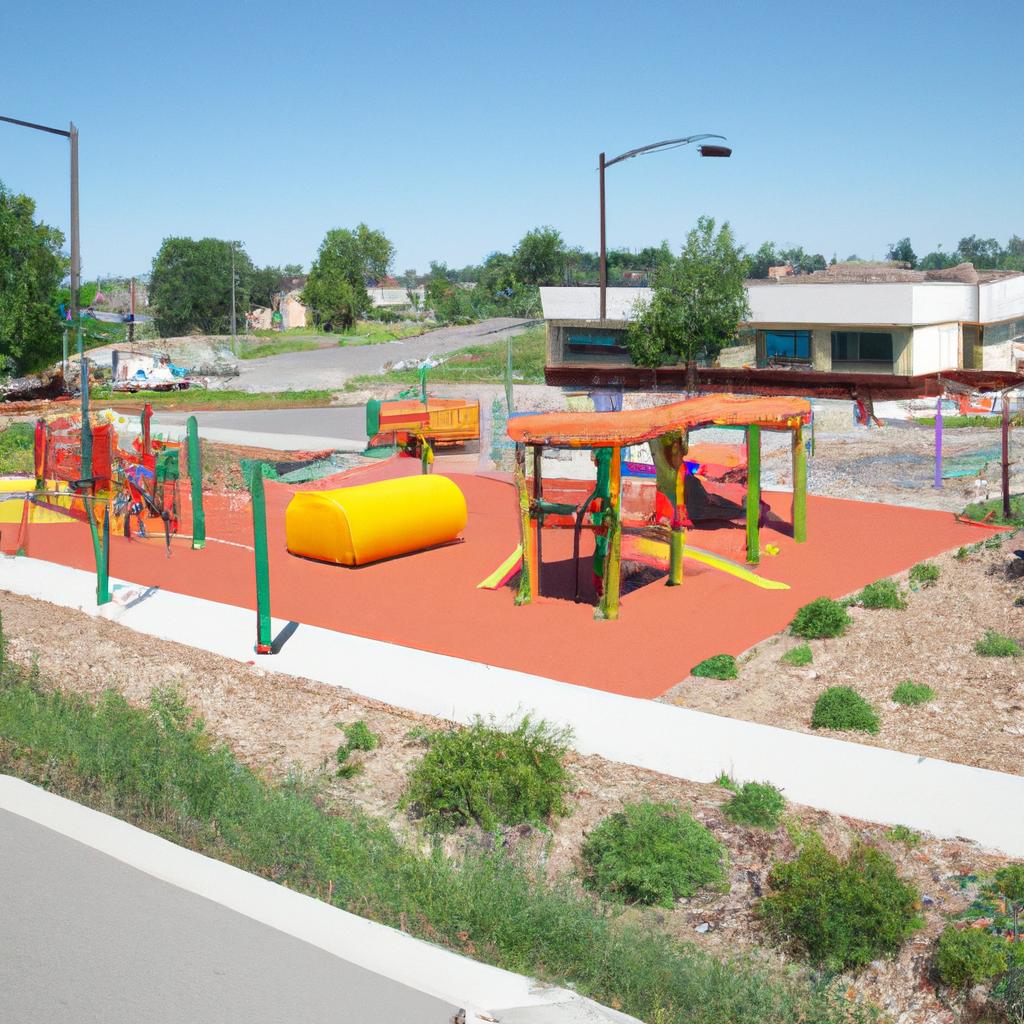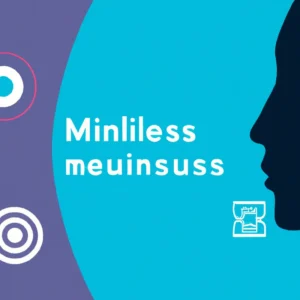**”Urban Fitness Solutions: How to Create a Community-Supported Workout Space in Your Neighborhood”**
# Urban Fitness Solutions: How to Create a Community-Supported Workout Space in Your Neighborhood
In our fast-paced urban environments, finding ways to stay active can be a challenge. Many city dwellers often grapple with limited space, lack of access to fitness facilities, and a busy lifestyle. However, creating a community-supported workout space can bridge these gaps, fostering not only physical fitness but also social connections and a sense of belonging. This blog post explores how to create such a space in your neighborhood, along with essential nutrition tips, exercise advice, and the health benefits of community fitness.
## Understanding Community-Supported Workout Spaces
### What Are Community-Supported Workout Spaces?
Community-supported workout spaces are outdoor or indoor areas designed for physical activity, primarily accessible to local residents. These spaces can include parks with fitness stations, community gardens with yoga spaces, or even repurposed buildings that house group fitness classes. The key is to create an environment where community members can come together to exercise, share tips, and motivate one another.
### The Importance of Community Engagement
Engaging community members is crucial when establishing a workout space. This initiative goes beyond physical fitness; it aims to build relationships and enhance the overall quality of life in the neighborhood. When community members feel invested in the project, they are more likely to utilize the space and support its maintenance.
## Steps to Create Your Community Workout Space
### Identify a Suitable Location
The first step in creating a community workout space is to identify a suitable location. Parks, vacant lots, or school playgrounds can serve as ideal spots. Consider accessibility, safety, and visibility when choosing a site. Engage with local authorities to understand zoning laws and any permits needed for development.
### Gather Community Support
Once a location is identified, it’s essential to gather support from local residents. Hosting community meetings can help to gauge interest and collect ideas. Encourage participation through surveys, social media, and local events. The more people feel involved, the stronger the commitment to maintaining the space.
### Develop a Multi-Use Design
Design your workout space to cater to various fitness levels and activities. Include equipment like pull-up bars, benches for step-ups, and open areas for yoga or group classes. Collaborate with local fitness enthusiasts or trainers to ensure the space meets diverse needs.
## Nutrition Tips for Active Lifestyles
### Stay Hydrated
Hydration is crucial for anyone engaging in physical activity, especially in urban settings where heat can be intense. Encourage community members to carry water bottles and provide refill stations in your workout area.
### Emphasize Whole Foods
Promote a diet rich in whole foods, including fruits, vegetables, whole grains, lean proteins, and healthy fats. Consider organizing community potlucks or cooking workshops to share healthy recipes and encourage nutritious eating habits.
### Plan for Pre- and Post-Workout Nutrition
Discuss the importance of fueling the body before and after workouts. Pre-workout snacks should be high in carbohydrates, such as bananas or whole-grain toast, while post-workout meals should include protein for muscle recovery, like a smoothie with protein powder or a lean chicken salad.
## Exercise Advice for All Levels
### Create Inclusive Classes
To cater to all fitness levels, organize classes that are inclusive and adaptable. Consider offering yoga, strength training, and cardio classes, ensuring that modifications are available for beginners and advanced participants alike.
### Schedule Regular Community Workouts
Regularly scheduled community workouts can help build camaraderie and accountability. Weekly or monthly fitness challenges can motivate participants and create a fun, competitive atmosphere.
### Encourage Peer-led Sessions
Empower community members to lead their own workout sessions. This fosters leadership skills and encourages a sense of ownership over the workout space.
## Health Benefits of Community Fitness
### Physical Health Improvements
Engaging in regular physical activity can lead to numerous health benefits, including improved cardiovascular health, increased strength, and better flexibility. A community workout space encourages consistent exercise, making it easier for residents to incorporate fitness into their daily routines.
### Mental Health Benefits
Exercise is known to reduce symptoms of anxiety and depression. A community fitness space not only provides an outlet for physical activity but also offers social interaction, reducing feelings of isolation and loneliness.
### Enhanced Community Cohesion
A community-supported workout space strengthens neighborhood ties. Residents who work out together are more likely to form friendships, collaborate on other community projects, and support one another in various aspects of life.
## Conclusion
Creating a community-supported workout space in your neighborhood can dramatically improve physical and mental health while fostering a sense of belonging among residents. By engaging the community, designing an inclusive space, and promoting nutritious eating and exercise habits, you can cultivate a vibrant fitness culture that enriches everyone’s lives. In embracing this initiative, you not only enhance personal well-being but also contribute to the collective health of your community.















Post Comment